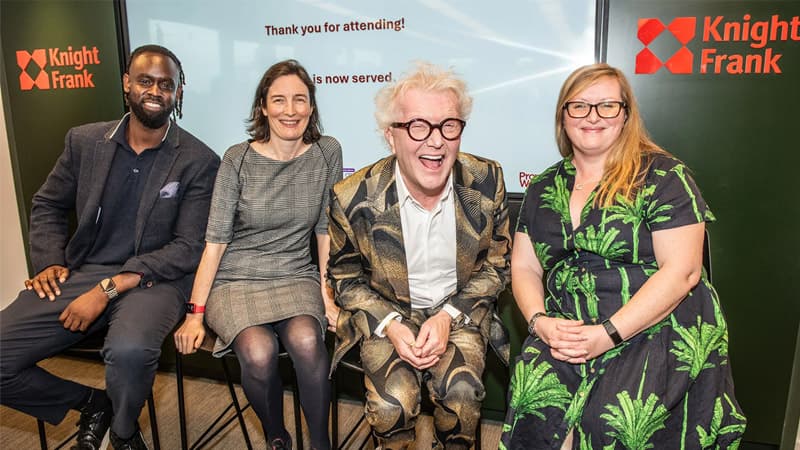Unveiling the London to Monaco 2019 Kit
Colour. It’s integral to any brand’s visual identity. It gives customers an immediate sense of the brand’s personality, vision and values. And in many cases, it helps to set a brand apart from the competition.
So, why is it that whole sectors often gravitate towards the same set of colours?
Take the financial sector, for example. Shades of blue appear significantly more than any other colour. Of course, this is largely because they’re associated with security and trustworthiness, making them a natural choice for companies taking responsibility for their customers’ money.
But this often comes at the expense of individuality, and we found in our recent study that the financial brands choosing to buck colour trends are often the ones people remember most.
With this in mind, we decided to see if the findings rang true in other industries. Namely, the world of architecture.
Simplicity First
We took a look at the world’s top 100 architectural firms, and while no specific colour came to the fore, a distinct trend appeared.
And of these firms, 33% used white, and 29% used black.
So, why this emphasis on simplicity and monochrome uniformity?
To answer this question, it’ll help to think about wider trends in the world of architecture.
In recent years, there’s been a widespread move towards minimalism in contemporary architecture and interior design. The “unfinished” aesthetic, for example, champions exposed brickwork and piping, industrial-style lighting, and a philosophy of function before form.
We can trace this trend back 100 years, to 1919, when German architect Walter Gropius set up the Bauhaus school. With its emphasis on form following function, Bauhaus revolutionised the way architects think, plan and build. Its unfussiness and practicality remain a huge influence on modern-day architecture. And because architecture firms are designing unfussy, practical buildings, their brands follow suit.
But the monochromatic, minimalistic use of colour in architectural branding isn’t just driven by the past. Current architectural challenges also have a part to play.
For example, because our cities are becoming more densely populated year on year, space comes at a premium. This means that architects have to get more and more creative in their designs.
In response to this challenge, many firms celebrate simplicity and minimalism in the homes they build. It makes sense, therefore, that their brands and brand colours take a similarly pared-back approach.
Bucking Trends
While it’s understandable that architectural firms have opted for simplicity and functionality in their brand colours, it also marks a lack of visual differentiation at the top of the industry, with competing companies starting to look the same.
For newcomers to the industry or established companies looking to rebrand, this marks a key opportunity to set themselves apart and shake things up.
This is just what we did when we rebranded Stock Woolstencraft. To capture their ambitious new company vision, we trimmed their name down to Stockwool and chose a bright, powerful green, giving them real standout in the market.
Similarly, when we worked with cross-laminated timber specialists, Eurban, we chose a mature, dark green, celebrating their relationship with nature and their longstanding commitment to sustainability.
When paired with a strong overall brand and an ambitious business plan, colour is one of the most powerful ways to stand apart from the competition.
Want to see how we can help your brand? Drop us an email on hello@steve-edge.com for more information.
- Share:


